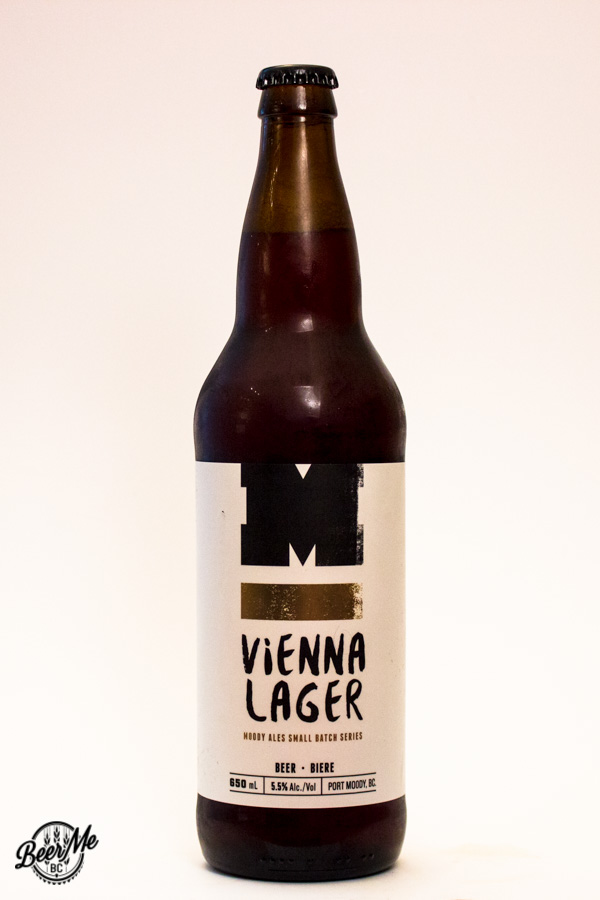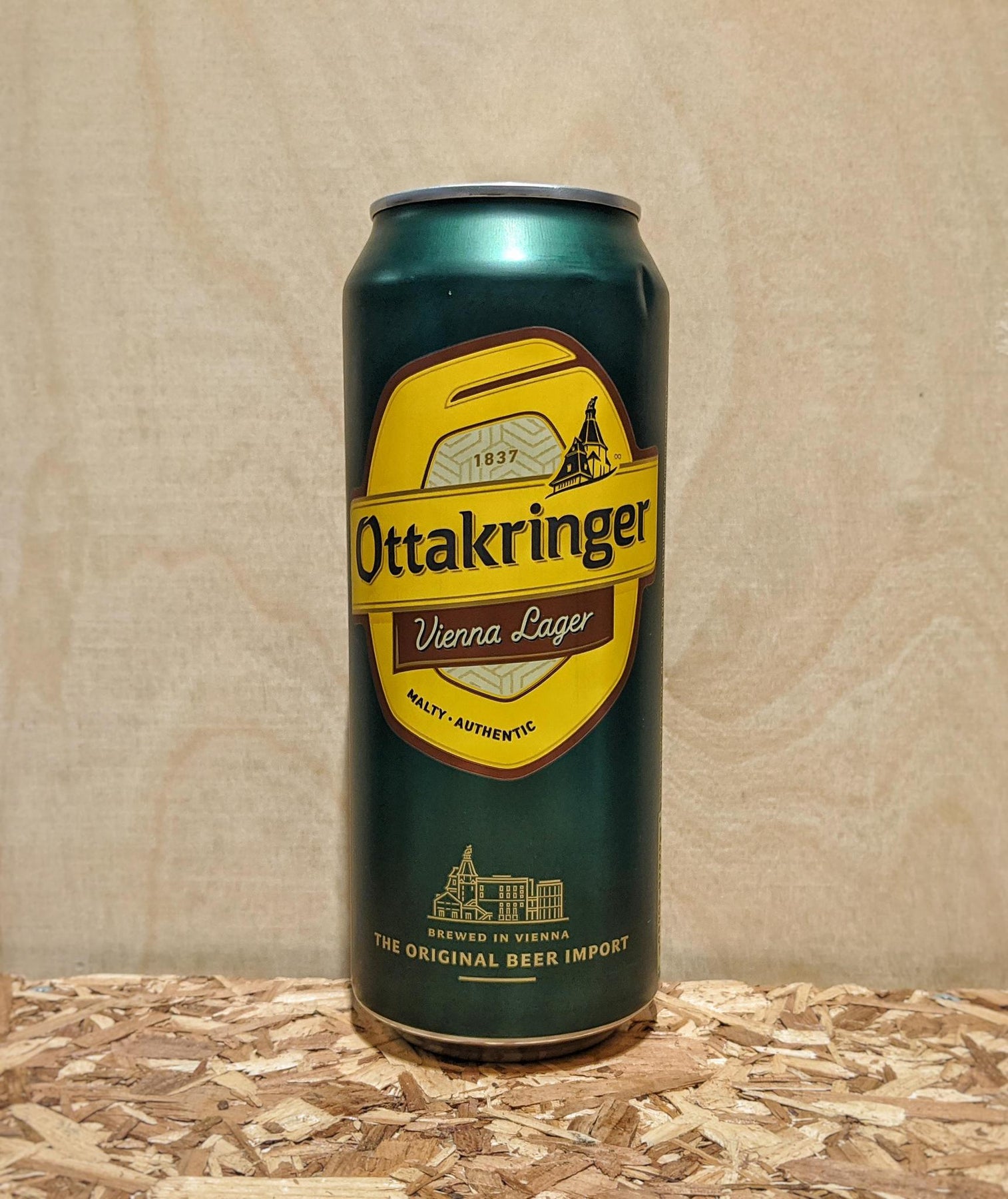
Using all three malts create a much more complex profile.Īs for specialty malts, a small amount of lighter crystal/caramel malts, black or chocolate malts would be acceptable. Munich malt will indeed deepen the beer’s srm color and add a slight deep malt flavor. The Pilsner malt makes for a soft profile and lightens the beer’s color quite significantly. Some award winning beers have been made by adding Pilsner, Munich and Vienna to the grain grist. However, like most styles, the recipe has evolved just a bit. Depending on whom you talk to, a Vienna lager recipe can be extremely easy. The grist for a Vienna lager is made up with, of course, Vienna malt. Tips for Brewing your own Vienna Lager Grain The sugars that develop from grilled vegetables pair well with a Vienna lager. It also pairs well with spicy chicken wings, venison and grilled meats. Vienna lagers pair well with bratwursts with some sweet mustard. Finish will be dry and crisp with a noticeable hop bitterness in the aftertaste. Hops presence remains low, but there’s enough hop bitterness to balance out the malt presence.Ĭlean lager character with no phenols or esters being detected. Malt flavor is toasty without any caramel or dark roasty notes. MouthfeelĬarbonation is medium-light to moderate body which leads to a smooth creaminess. Clean lager character with light floral and/or spicy hop aroma. The malt aroma should not be caramel and no roasted notes. The head of a Vienna lager is off-white in color and soapy and thick and has great head retention.

Vienna Lager Style Profile and Characteristics AppearanceĬolor ranges from orange copper to light amber with hints of red. Over the years, the style became even adopted by American craft beer brewers. In 1926, Cerveceria Modelo opened in Mexico City and began brewing their example which was called Negra Modelo. However, additions of adjunct cereals, especially corn, was used to bulk up the grain bill. As a result, many European brewers found their way to Mexico and subsequently brought a large influence for the Vienna lager style.Īs this style grew in popularity, even in post-prohibition America, it was Mexico that kept this style alive. This invasion and occupation created a rebirth of the Vienna Lager.Īs Maximilian I, from the Austian Royal House, was the leader of this newly gained land. In 1861, Napoleon III invaded Mexico after Mexico’s President Benito Juarez refused to pay European countries. However, the style wasn’t to be forgotten. World War I left Austria in financial trouble and the Vienna lager quickly disappeared. Ladies and Gentlemen, The Munich Märzen was born. He too included his new kilned malt with some lager yeast. He began experimenting with hot air kilning. This beer was released in 1841 as a Vienna style lager. This beer is a reddish-copper lager that profiles the slightly bready malt. He then pairs this malt with a lager yeast. Using their newly found knowledge, Dreher creates an amber malt that is lightly caramelized.

This caused a lighter color on the malt and a more distinct profile. The British used hot air instead of direct heat. Since then, malt was kilned directly over fire, leaving it with a rather toasty and smoky profile.The British started to refine the way malt was kilned. In the early 1830s, a new kilning process became the new way of handling malt in England. The two hit it off and become good friends.

While beginning his apprenticeship in breweries in Europe, Anton meets Gabriel Sadlmayer II, the son of Gabriel Sadlmayer, owner of the famous Spaten Brewing Company. Later in the 1820s, Anton began his brewing education with the goal of taking over the brewery himself. Young Anton is merely ten years old when his father passes away. In 1820, Franz Anton Dreher passed away and left his son, Anton, the keys to his brewery, Klein-Schwechat Brewery.

However, before we dive into this newly discovered kilning process, we run into some people that were pretty insurmountable to this beer. When exploring the history of the Vienna Lager, we first learn about the history of kilning malt.


 0 kommentar(er)
0 kommentar(er)
